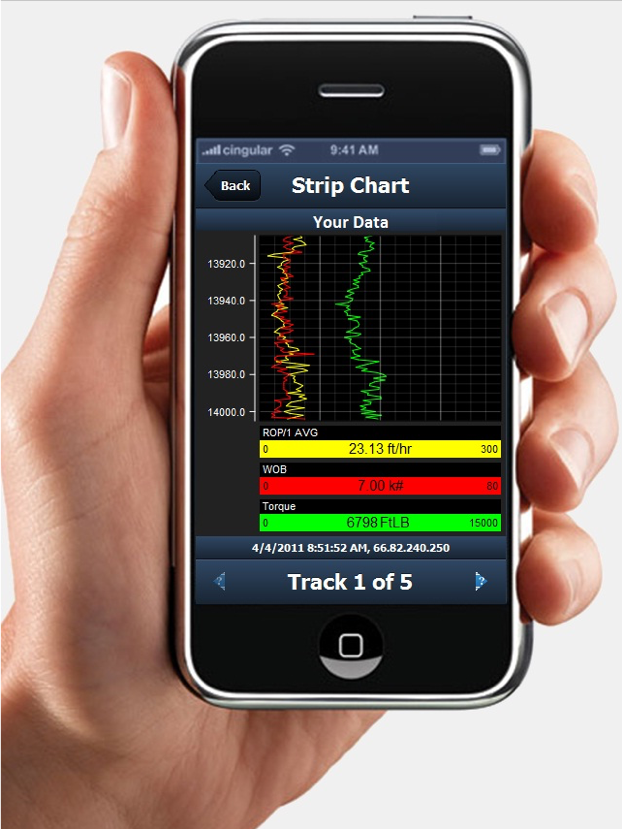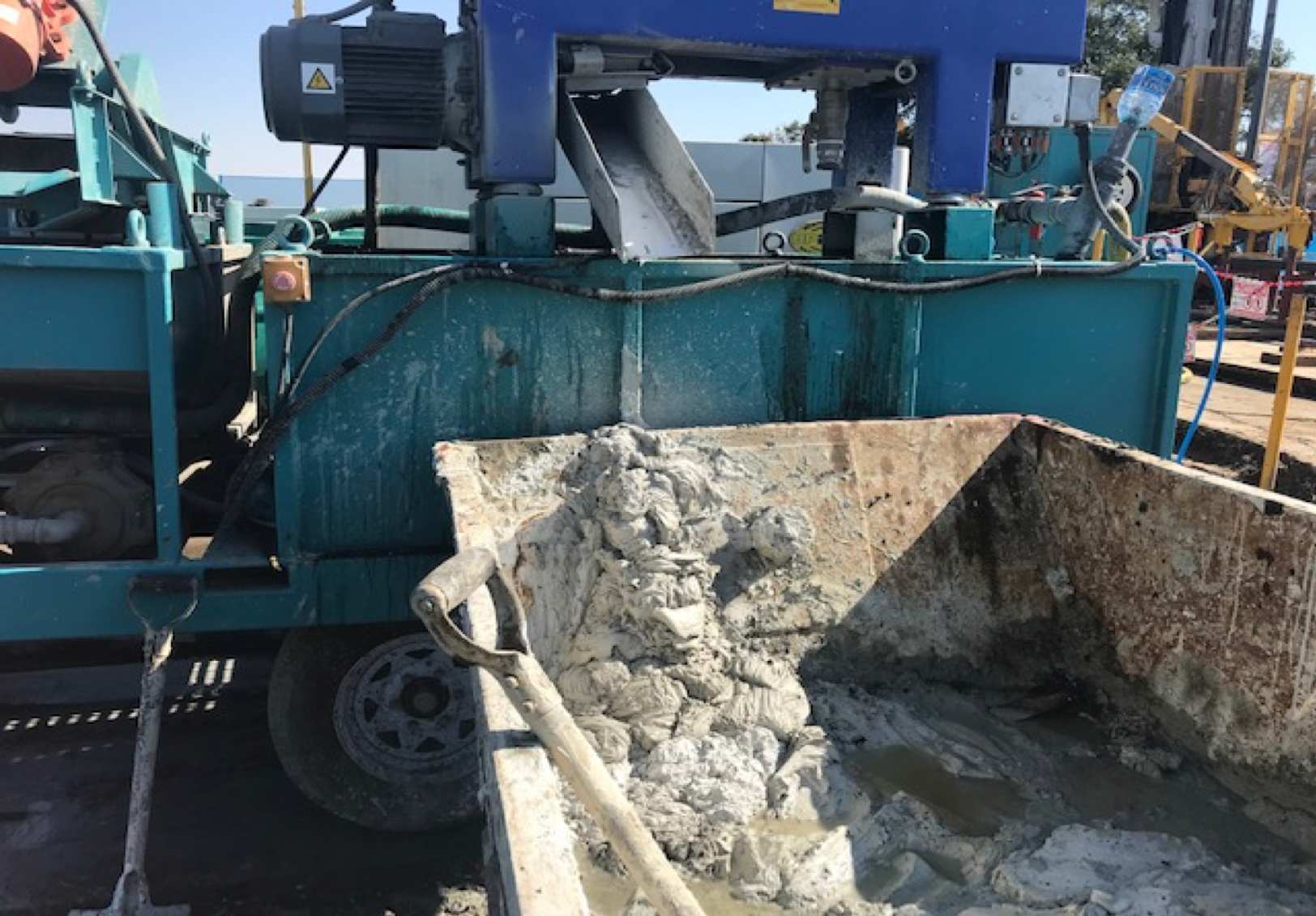Innovation Guidelines — Other Systems
By Colin Rice · Colin Rice Exploration Drilling Advisory · www.colinrice.co.za
The exploration drilling industry is undoubtedly experiencing significant pressure to improve levels of safety performance through the implementation of a number of safety innovations such as hands-free rod handling, remote control of drill rigs, above ground sump systems, cameras and wrench-free drill sites amongst others.
Based on interactions with a number of mining companies and contractors, it is clear that there is a lack of clarity and some confusion about the advantages and disadvantages and the appropriate application of some of these innovations. It has become apparent that some manufacturers did not have a clear idea of what mining companies and contractors require.
In order to get some clarity and consensus, DrillSafe facilitated a series of workshops to discuss these ideas and to formulate a set of guidelines that could assist manufacturers, mining companies and contractors. Take a look at what the Drill Rig Safety Guidelines Innovation Forum was about here. A summary of the discussions held during the Forums are included below followed by the guidelines that were developed.
Summary of Discussions
Wrench-free break out systems
Breaking and making corebarrel connections (bit/reaming shell, reaming shell/outer-tube, outer-tube adaptor coupling etc.) in DCD operations can be hazardous and has resulted in a number of injuries in the past.
Contractors either break connections by laying the corebarrel on the ground and using Stilson and / or corebarrel wrenches or using a bench with vice tongs that are used in conjunction with rod or corebarrel wrenches. These systems have serious limitations in terms of the torque that they can manage and so there is a requirement for more robust, mechanical systems.
It is recognised that this is an essential and necessary improvement for all DCD operations.
No systems are currently available and so it was agreed that contractors should be challenged to develop wrench free break-out systems.
Solids removals units (SRU’S)
In the recent past, mining companies have required that contractors eliminate earthen sumps. Contactors have introduced a variety of “above ground” sump systems but most are very inefficient at removing drilled cuttings. All still rely on settling under gravity but circulating volumes are too small and so significant recirculating of drilled cuttings occurs. This has severe negative impacts on productivity and equipment life.
It is recognised that more efficient methods of managing drilling fluid circulating volumes must be found.
Solids can only be removed through gravity or using a mechanical separation system – using a solids removal unit (SRU). It is recognised that the use of SRUs can have significant benefit for some DCD operations, but application is limited to operations where water return supports the cost of the SRU.
SRUs provide a number of possible benefits; reduced water usage, reduced additive usage, elimination of risk associated with large open bodies of water, easier handling and disposal of drilled cuttings.
It is also recognised that systems to monitor drilling fluid properties in real time can have significant benefit in operations where control of mud properties is critical, for example in drilling hydratable or other high-risk formations.






The exploration drilling industry is undoubtedly experiencing significant pressure to improve levels of safety performance through the implementation of a number of safety innovations…